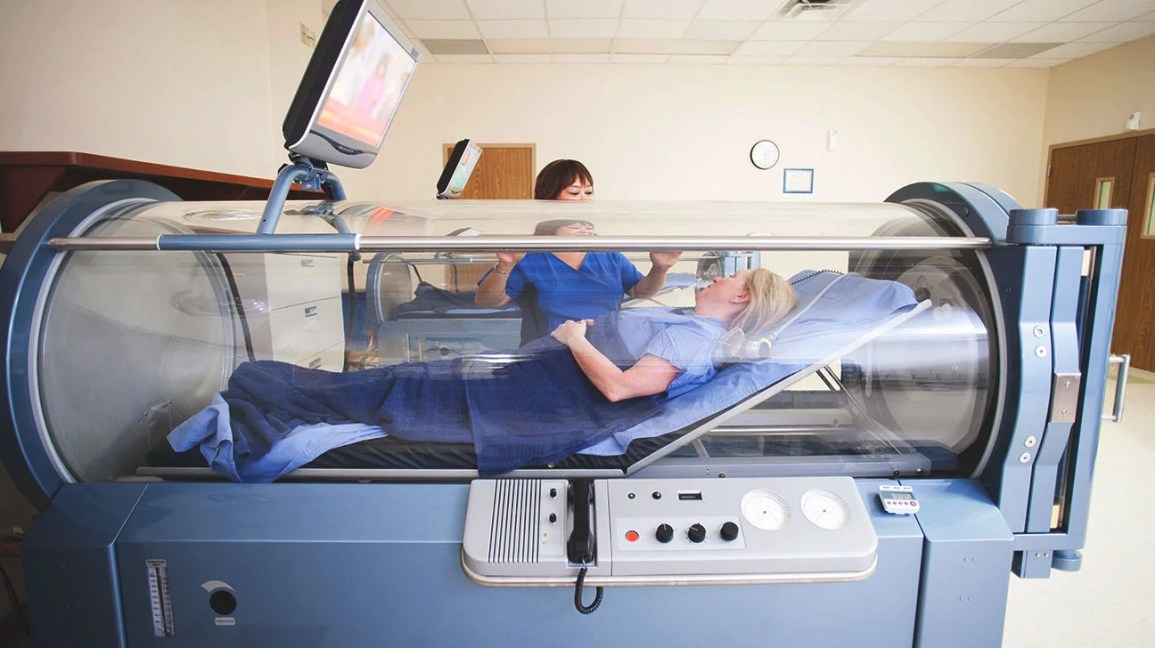Introduction
Oxygen therapy is a crucial medical intervention used to deliver supplemental oxygen to individuals with respiratory issues or those who experience low oxygen levels in their blood. Various oxygen delivery systems are available, each designed to cater to specific patient needs and conditions. Understanding these systems is essential for healthcare providers to effectively administer oxygen therapy.
Nasal Cannulas
Nasal cannulas are among the most common and least invasive oxygen delivery systems. They consist of two small prongs that fit into the patient’s nostrils. Oxygen is delivered at a flow rate ranging from 1 to 6 liters per minute (LPM). Nasal cannulas are comfortable and allow patients to eat, drink, and talk while receiving oxygen.
Oxygen Masks
Oxygen masks cover the nose and mouth, delivering a higher concentration of oxygen than nasal cannulas. They are suitable for patients requiring more significant oxygen support. Different types of masks are available, including simple oxygen masks, partial rebreather masks, and non-rebreather masks. Partial and non-rebreather masks have reservoir bags to ensure a higher concentration of oxygen during inhalation.
Venturi Masks
Venturi masks are precise oxygen delivery systems that utilize different-sized air entrainment ports to mix oxygen with room air. This allows for precise control of the oxygen concentration delivered to the patient. Venturi masks are often used in patients with chronic respiratory conditions who require specific oxygen levels to maintain a stable oxygen saturation.
High-Flow Nasal Cannula (HFNC)
High-flow nasal cannula systems deliver humidified and heated oxygen at high flow rates, often exceeding 6 LPM. HFNC systems are particularly useful in patients who need both high oxygen concentrations and adequate airway humidification, such as those with acute respiratory failure. They provide better patient comfort and can reduce the need for intubation in certain cases.
Non-Invasive Positive Pressure Ventilation (NIPPV)
NIPPV includes continuous positive airway pressure (CPAP) and bilevel positive airway pressure (BiPAP) devices. These systems deliver a combination of oxygen and pressurized air to improve oxygenation and reduce the work of breathing in patients with conditions like obstructive sleep apnea, acute respiratory failure, and COPD exacerbations.
Tracheostomy Masks
Patients with a tracheostomy tube may require oxygen therapy through a tracheostomy mask. These masks fit securely over the tracheostomy tube and deliver oxygen directly to the trachea, ensuring efficient oxygenation in patients with compromised upper airways.
Conclusion
A variety of oxygen delivery systems are available in oxygen therapy, catering to the diverse needs of patients with respiratory conditions. Nasal cannulas, oxygen masks, Venturi masks, high-flow nasal cannula systems, and NIPPV devices offer different levels of oxygen support and comfort. Healthcare providers must choose the appropriate delivery system based on the patient’s condition, oxygen requirements, and overall well-being to ensure effective oxygen therapy.

